PENSACOLA, Fla. — As the 2019 Blue Angels delight fans at air shows nationwide this year, two former Blue Angels have been busy laying the groundwork for one of the biggest changes in the team’s nearly 75-year history.
Capt. Ryan Bernacchi, commander of the 2016-2017 Blue Angels, and Cmdr. Frank Weisser, who flew with the team from 2008-2010 and again in 2016 and 2017, recently oversaw a team of experts helping the Blue Angels change airplanes for the first time in more than 30 years.
The Blue Angels are tentatively scheduled to start flying the The F/A-18E Super Hornet in 2021, the team’s 75th anniversary season. The move to the Super Hornet will mark the first time the elite Navy and Marine fighter jet demonstration team has changed aircraft since it moved from the A-4F Skyhawk II to the F/A-18 Hornet back in 1986.
RELATED
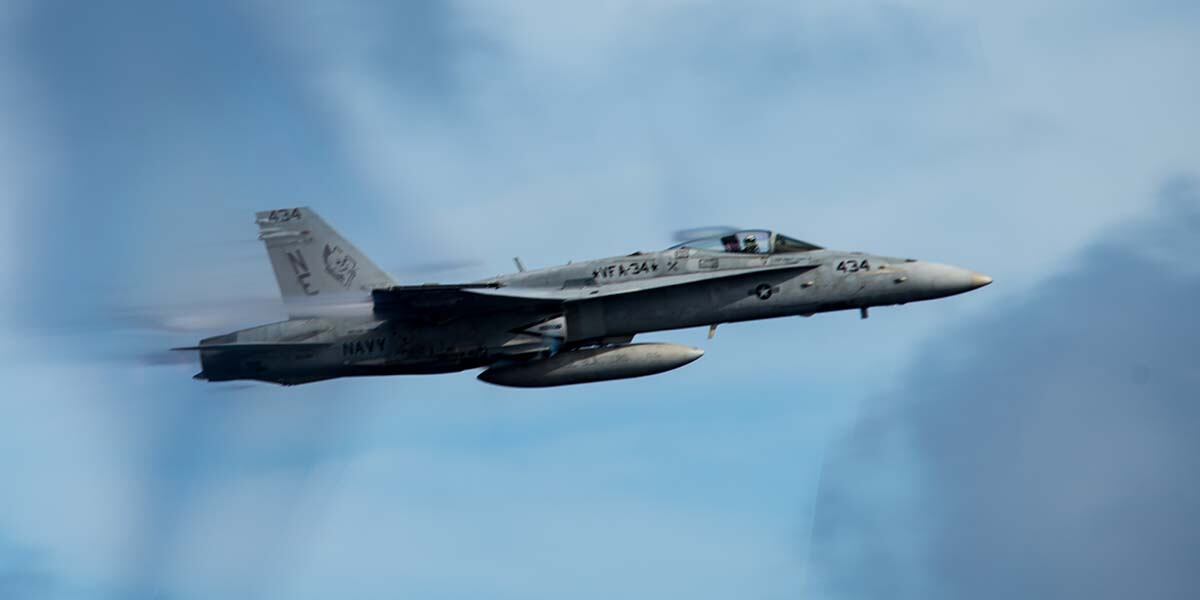
Both Bernacchi and Weisser said the new aircraft will mean exciting changes in the demonstration and a new era for the Blue Angels.
"The jet is more powerful, especially at lower altitudes, so we believe that our maneuvering will be more visible to the crowd and more impressive overall," Weisser said in response to a series of emailed questions from the News Journal.
“That increased performance will also allow us to alter some maneuvers to better showcase the aircraft’s very unique capabilities.”
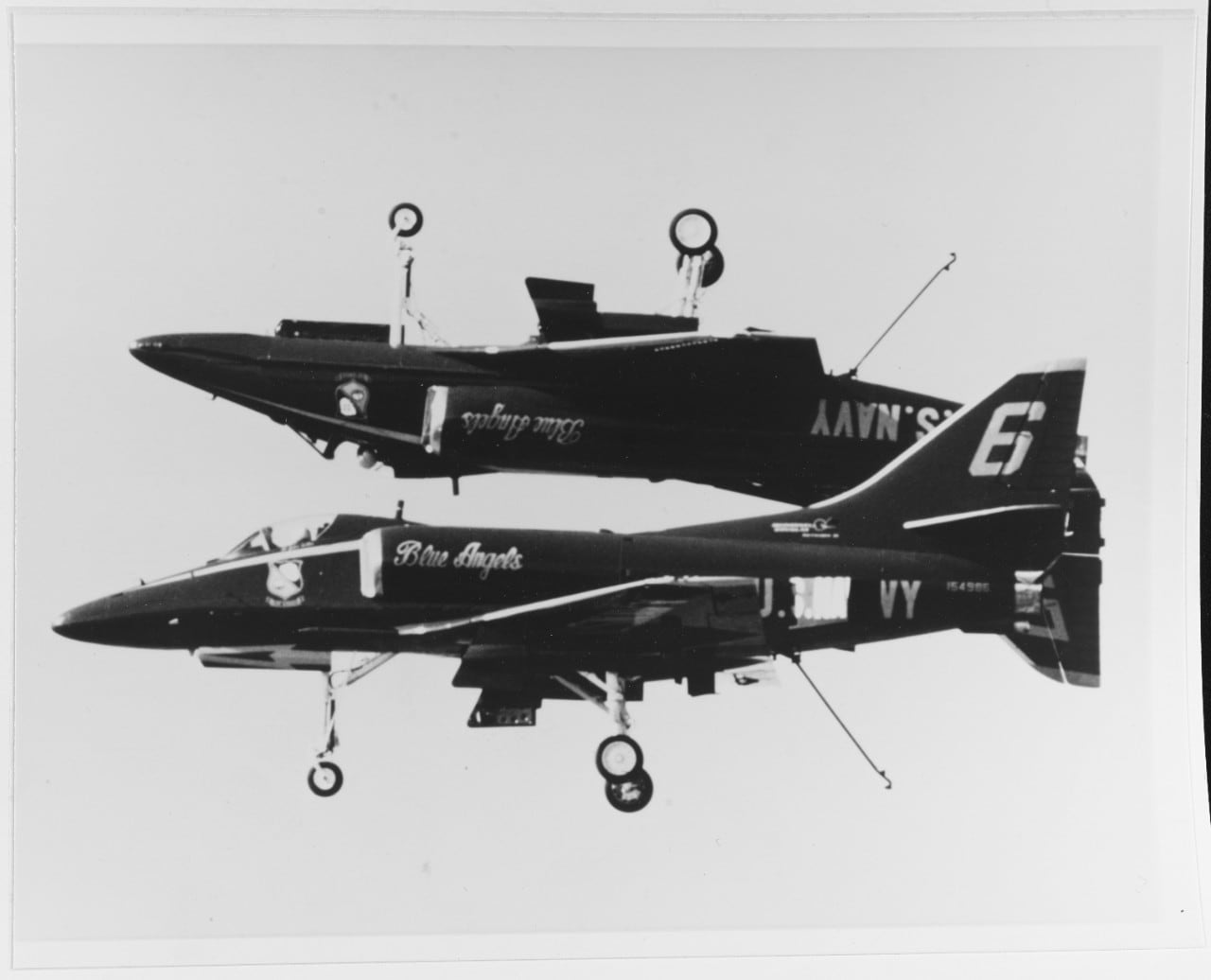
Bernacchi and Weisser did a lot of their work in flight simulators at Naval Air Station Patuxent River in Maryland. They first tried to recreate the existing F/A-18 Blue Angels’ demonstration in the Super Hornet using the simulator.
"We were able to establish the diamond, solo and delta maneuvers in the Super Hornet and then from there start to really evaluate the difference between the Hornet and the Super Hornet," Bernacchi said in an email to the News Journal.
"Along the way, we worked closely with the engineering experts at Pax, folks that have unmatched knowledge about the F-18 flight dynamics, engines, flight control systems, fuel systems and air frame fatigue factors."
The team configured an artificial feel system in the simulator to mimic the 40-pound spring, which Blue Angels attach to their jet's flight stick to provide the precision control needed to fly the tight formations that are a hallmark of their flying.
They also introduced engine flame outs, control failures and other unexpected emergencies in the simulator to see how the Super Hornet performed under the demands of the demonstration.
"We wanted to understand what the effects would be and ensure there is a safe procedure to handle any situation that could possible arise, no matter how unlikely," Bernacchi said.
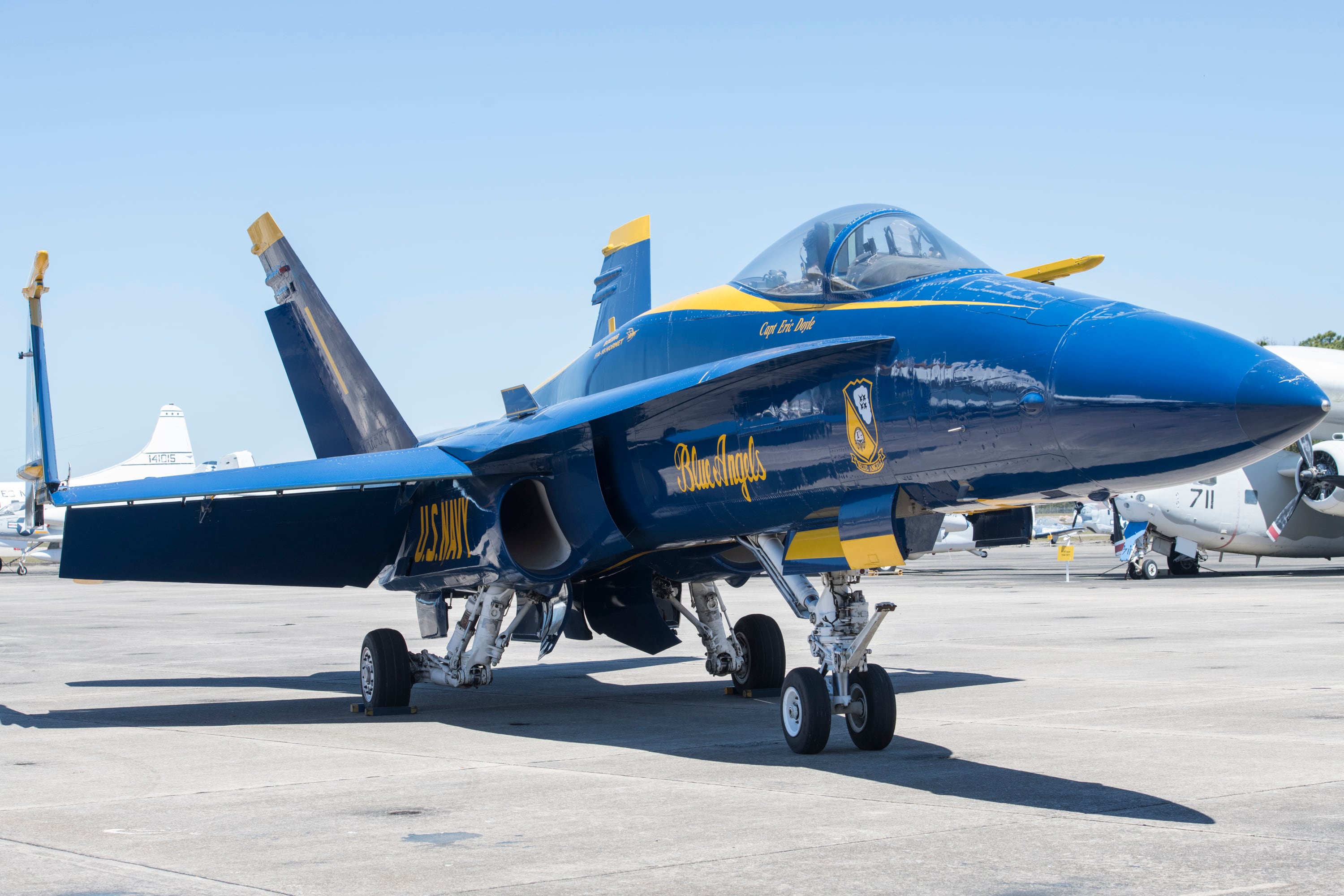
Although some things will change with the newer aircraft, other things will stay the same.
The Blue Angels will continue to fly without the traditional G-suits worn by other fighter jet pilots when they change to the Super Hornet.
The Blue Angels have a special waiver from the Department of Defense to fly without the suits because the inflatable bladders in the legs of the suits can interfere with a pilot's ability to control the flight stick and move the jets into the team's famous tight formations. The six jets often fly within inches of each other.
"The Blues have always required a G-suit waiver in their jets going back to the early days because we brace our right forearm on our right thigh for precise formation flying and G-suit inflation interferes with precision control," Bernacchi said.
Blue Angel pilots use special breathing maneuvers and abdominal exercises to keep blood in their upper body and to keep from passing out in high-G maneuvers.
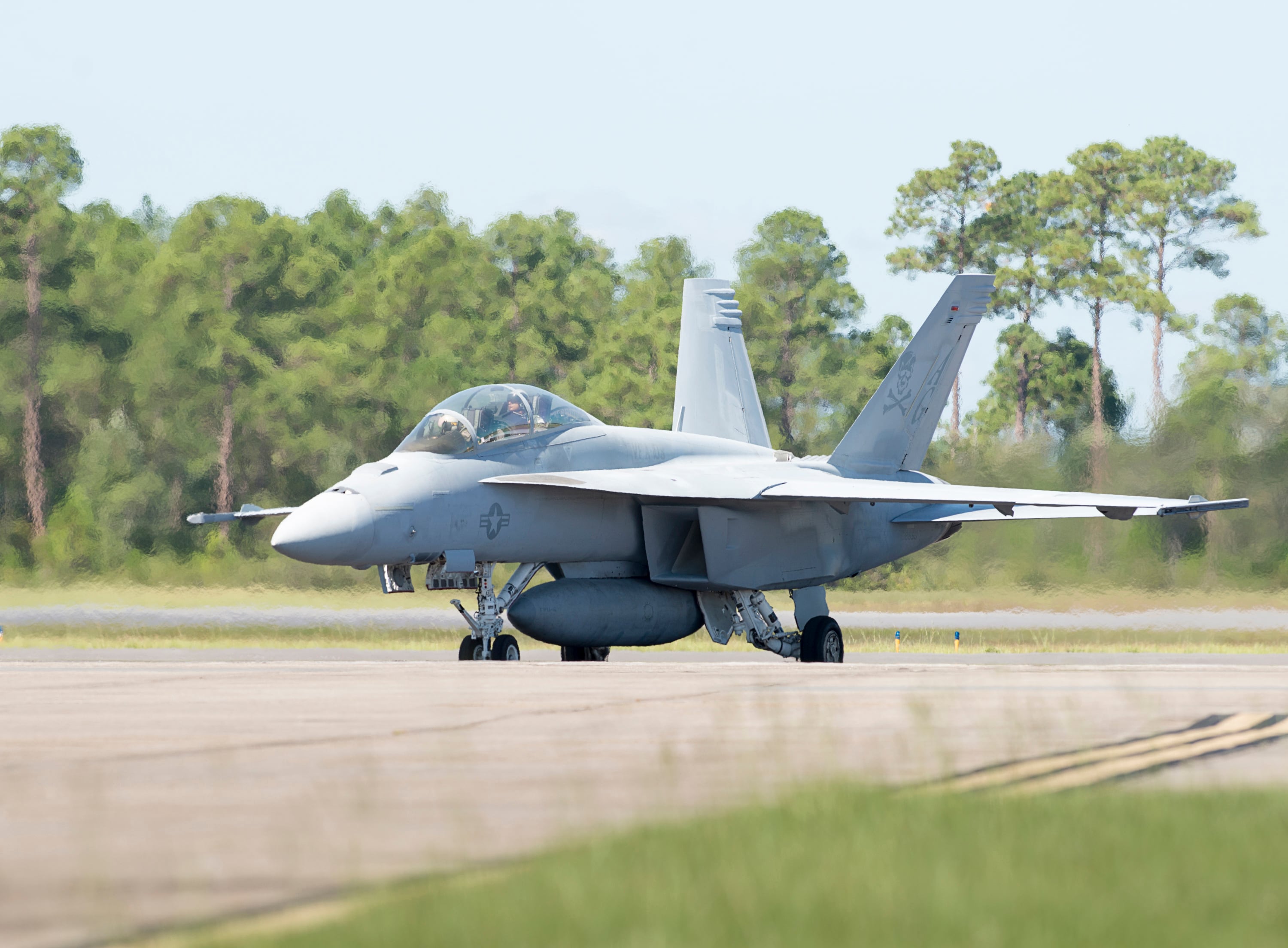
Weisser said one of the biggest challenges in changing to the Super Hornet was the updated software in the newer aircraft.
"The Blue Angels demonstration asks a lot of the jets and we quickly found that some of the software changes would require our maneuvers to be altered in order to continue to fly them," he said.
For example, Weisser said the Super Hornet deliberately reduces the roll rate of the aircraft regardless of what the pilot commands. He said this happens when the aircraft has a large amount of "negative angle of attack."
"A number of our maneuvers put us in this flight regime so it's important that we understand how the maneuvers need to be adjusted in order to have the jet respond the way we intend," he said.
Overall, Weisser said, the new aircraft and advanced software will provide the pilots with more situational awareness and faster access to critical flight information.
"We very much believe this will not only make the show safer to fly but more enjoyable to the crowd," he said.
"Because of the improved performance, the Super Hornet will allow us to fly at even slower air speeds, which both maximizes our time in front of the crowd and minimizes our time getting set up for follow-on maneuvers."
RELATED
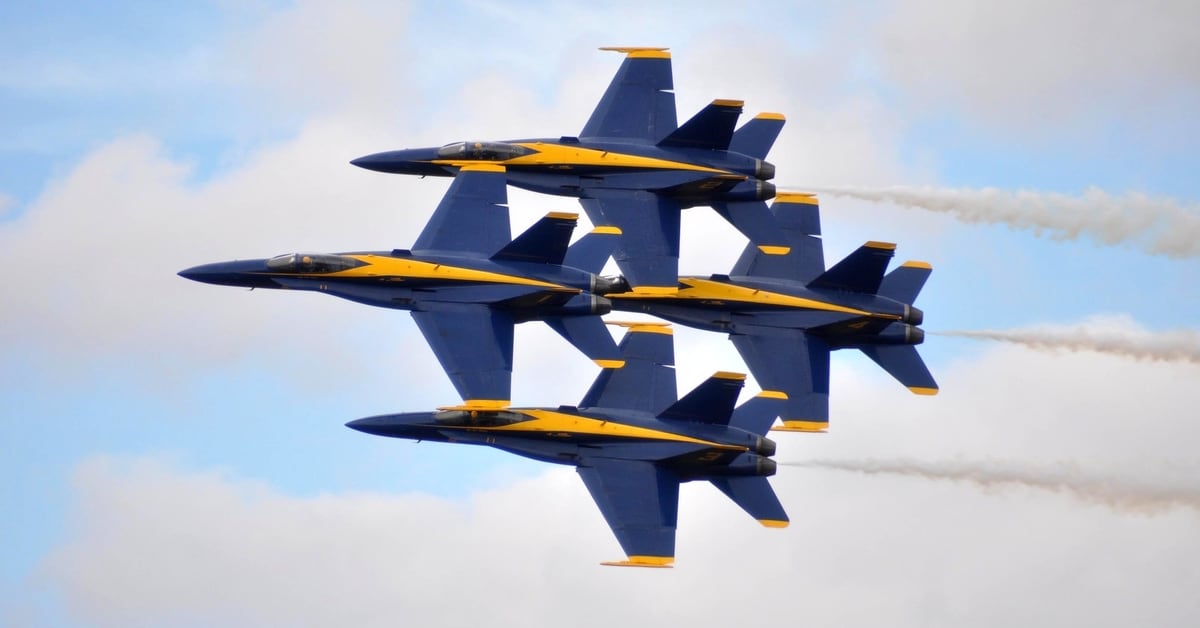
Although the Navy is targeting the 2021 show season for the debut of the Super Hornet, the plan could change, Bernacchi said.
"We built a slide option into the plan in case any of the aircraft or the necessary parts are delayed, so the plan can gracefully slide one year for a 2022 show season," said Bernacchi, who added that he believes the Navy has a great shot of making a 2021 debut.
Navy officials have said the plan is for both the 2020 and 2021 seasons to be somewhat shorter than normal to allow for extended training in the Super Hornets, if a 2021 debut happens.
Bernacchi said one important aspect of the change to the Super Hornets is that it is what many are Navy and Marine aviators are currently flying off U.S. aircraft carriers worldwide.
By upgrading to the Super Hornet, the Blue Angels are better reflecting what is happening in the fleet, he said.
“We think it will magnify the primary tenants to represent the Navy and Marine Corps and to inspire a culture of excellence and service to country,” he said.





